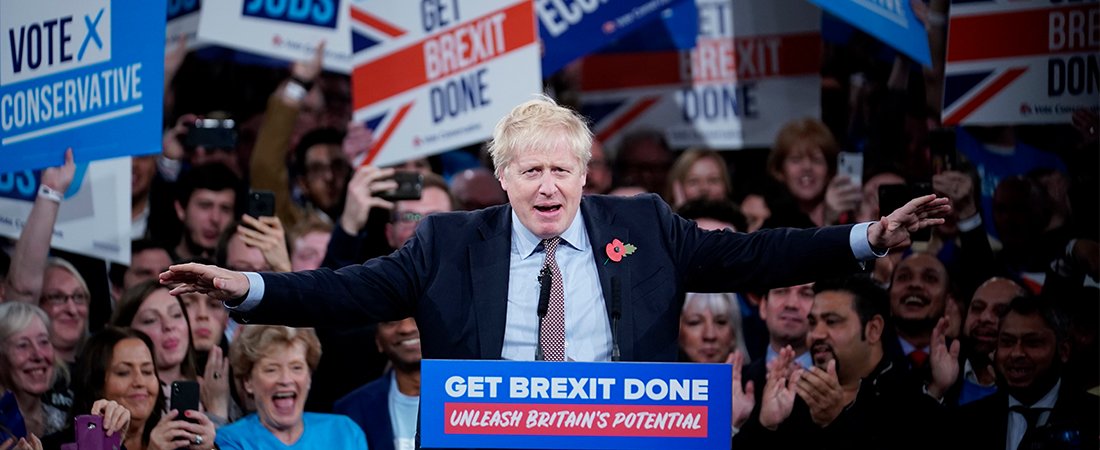Manifestos are peculiar things, a mixture of the profound and the prosaic. On the one hand they contain the big ideas that define elections. They provide the ammunition that gets fired during the campaign. On the other, they are the repository of every single idea that a Cabinet or Shadow Cabinet member would like to achieve after the election, because the Salisbury Convention dictates that Parliament should never ultimately prevent a manifesto pledge from being implemented.
For those writing the manifestos, the tension can be almost unbearable. For every election-winning pledge, like council house sales (1979) or the minimum wage (1997), disaster in the form of social care reform (2017) or nuclear disarmament (1983) lurk around the corner. After I wrote the 2010 manifesto I was congratulated by Andrew Lansley, a former manifesto-writer himself, for the dogs that didn’t bark. That seemed like faint praise at the time, but creating a policy platform that is both meaningful and sufficiently de-risked is a challenge.
Every party approaches its manifesto-writing in a different way but which typifies its own values. For the Conservative party, with its innate respect for authority, the process is controlled by the centre – in this case Munira Mirza and Rachel Wolf in No.10 – with contributions from the Cabinet. At least Secretaries of State will be given a chance to contribute this time. For Labour, the process mixes power politics and the need to involve a broad range of stakeholders jockeying for position. While the themes are driven from the top, the key forum is the so-called Clause V meeting, which this time happens on 16 November, where the final details are thrashed out and competing interests reconciled. The Lib Dems are much more, ahem, democratic, and while the Leader’s office is important it is the Party’s Federal Policy Committee which is responsible for researching and developing policy and overseeing the entire policymaking process.
Usually manifestos revolve around similar themes that repeat throughout history – economy, public services, political and social reform, and foreign and defence policy – with the parties playing to their core strengths. This time will be somewhat different. For the Conservatives, Brexit is the number one issue they want to talk about and this has no historical parallel. We will never know whether the Withdrawal Agreement Bill could have been passed unamended, but we do know that the promise to honour the referendum is the strongest argument the Party has for non-Tory Leave voters to back Boris. But elections are never one issue events, and the Party needs more strings to its bow. To attract the ‘Workington Man’ voters I identified in research published with the think tank Onward last week requires a deep commitment to public spending and higher pay, while being tough on crime and immigration. At the same time, to win a majority they need to hold onto more Remain-leaning, metropolitan seats which requires a different emphasis on things like the environment and education. Squaring this circle is the biggest challenge for the Tory manifesto.
Labour wants to talk about Brexit as little as possible and major instead on domestic priorities. The Party has had a laser-like focus on bread and butter issues that matter to ordinary voters – austerity, jobs, local transport, higher pay public services – while the “24 hours to save the NHS” motif is the political gift that keeps on giving. Behind all of this is the most radical economic policy of any party since the 1980s, some of which is popular with voters – nationalising rail and utilities, for example – but which comes with a hefty price tag attached. The new green deal is Labour’s attempt to link their economic policy to climate change so that they can retain the support of younger and greener voters.
The Lib Dems, of course, eagerly voted for the election to happen because they see a chance to unseat Labour from many of its city-based seats where there are large numbers of university-educated voters. Their ‘bollocks to Brexit’ slogan resonates with this ultra-Remain group, although risks alienating some of their more rural support in the South West and East Anglia, but they are going all in to replace Labour as the metropolitan party of choice. This means a big focus on climate change, as well as social mobility, while at all times promoting a sense of moderation that, they would argue, distinguishes them from the other two parties and appeal to more centrist voters of all hues.
As is obvious from the above, trying to reconcile all these priorities within one party’s policy slate is almost impossible. Each manifesto will have inconsistencies, and part of the game of campaigns is to pick apart your opponents flaws. That is one of many responsibilities that weigh heavily on the shoulders of those holding the pen, but there is another too. Look at the word count of each manifesto. How does it compare to Labour’s in 1983? Because with an election this uncertain, one thing each of those scribes will want to avoid is taking the blame for writing the new longest suicide note in history.

